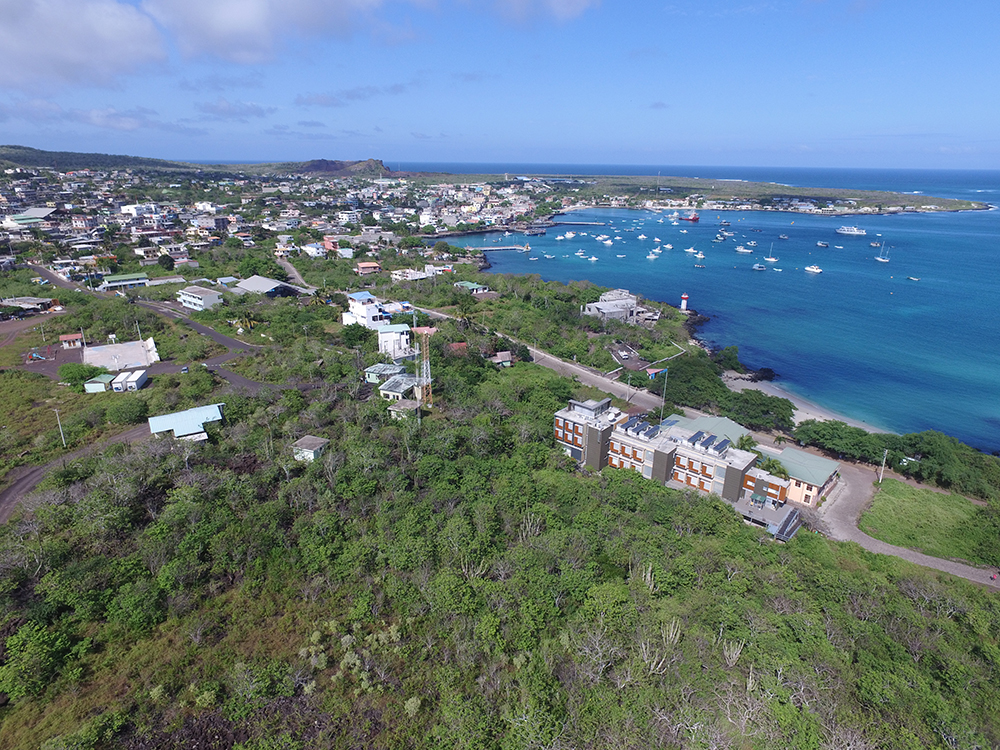Abstract
Climate change and air pollution are critical challenges that humanity is currently facing. Understanding the sources of emissions released into the atmosphere is of great importance to evaluate the local footprint, the impacts of human activities, and the opportunities to develop and implement solutions to mitigate emissions and adapt to climate change particularly in vulnerable places like the Galapagos Islands. In this study, we present an anthropogenic emissions inventory for Santa Cruz, San Cristobal, and Isabela Islands in which emissions were spatially mapped for greenhouse gasses (GHGs) and primary pollutants (PP). Emissions were estimated for the energy stationary sources, energy mobile sources, waste, and other sectors, and emissions for 2019 were spatially distributed along with an uncertainty assessment. Results demonstrated that energy mobile sources which are aerial, terrestrial, and maritime transportation generated the most significant emissions in the Galapagos Islands in terms of PP and GHGs. In fact, maritime transportation was the highest one in 2019, at 41% of total CO2 emissions for Galapagos, with the most predominant PP being NOx and CO. The aerial transportation made up 36% of emissions, and the electricity generation contributed 15%. Emissions from waste and other sectors comprise a smaller percentage relative to the rest of the emission sectors. These results highlight the strong dependency of the islands on fossil fuels for transportation and electricity generation. Alternatives to mitigate and reduce emissions from the islands are discussed. This spatially mapped emissions inventory for the Galapagos Islands represents a powerful tool to make informed decisions to contribute to the long-term sustainability of the archipelago.
Read the article in the link: https://link.springer.com/article/10.1007/s11356-023-26816-6#Fig1






